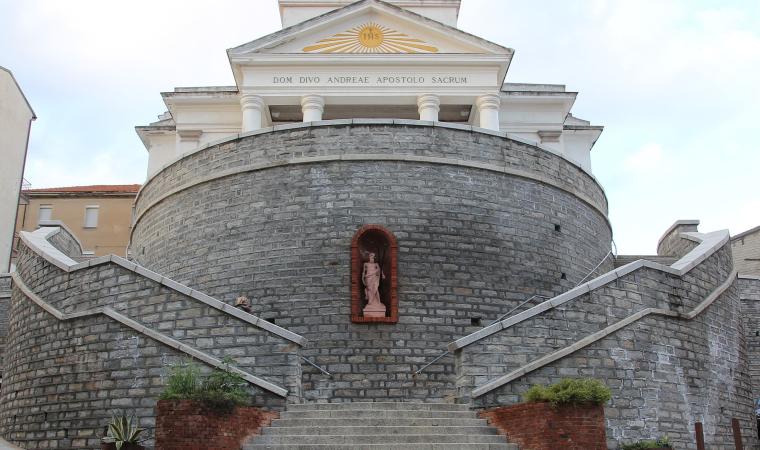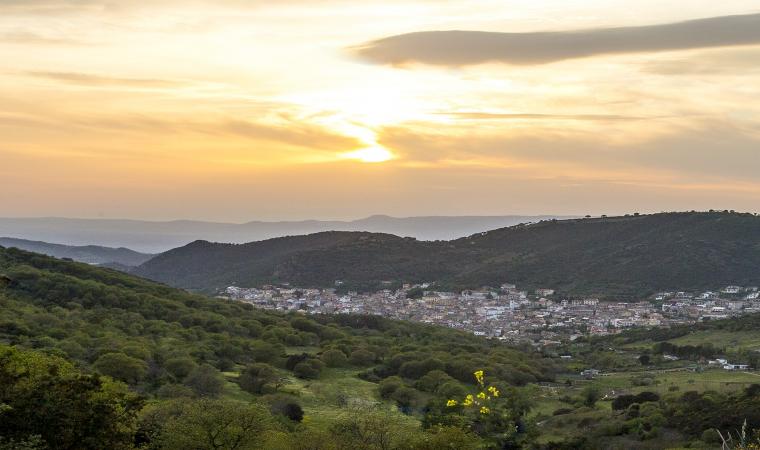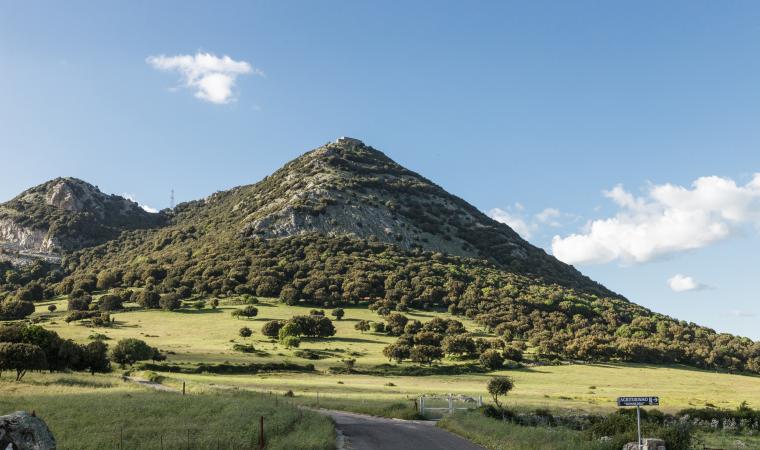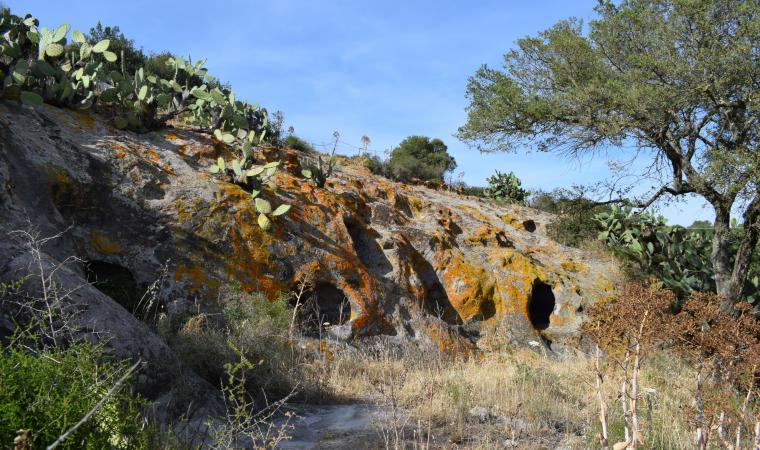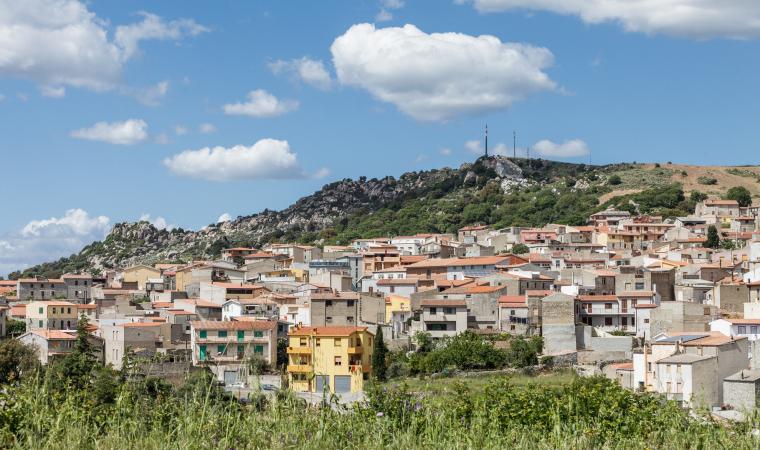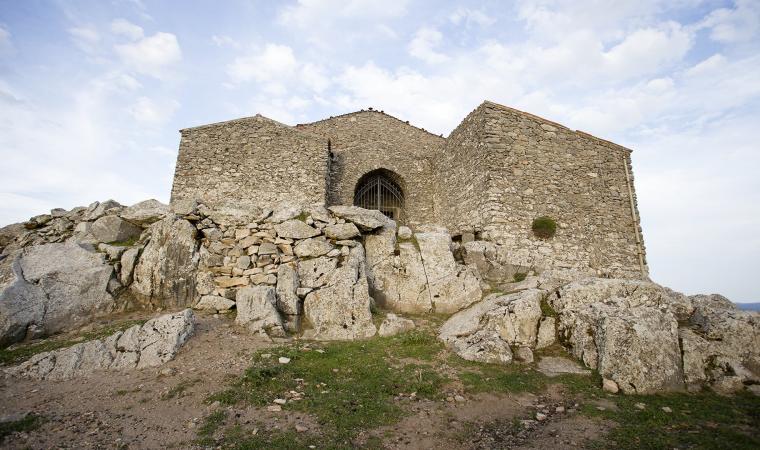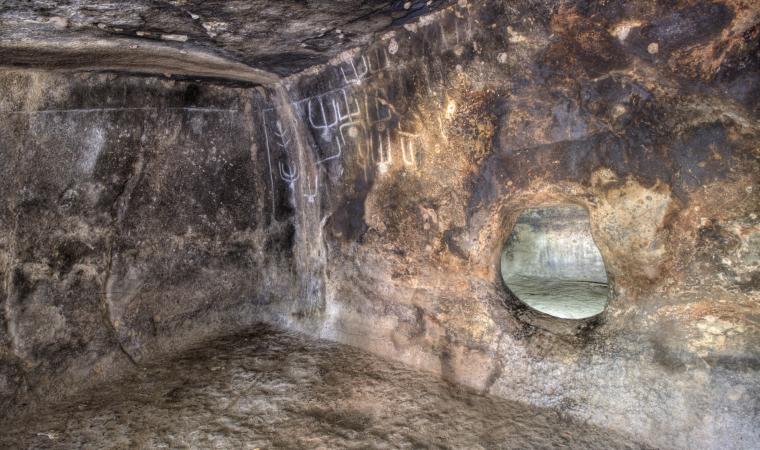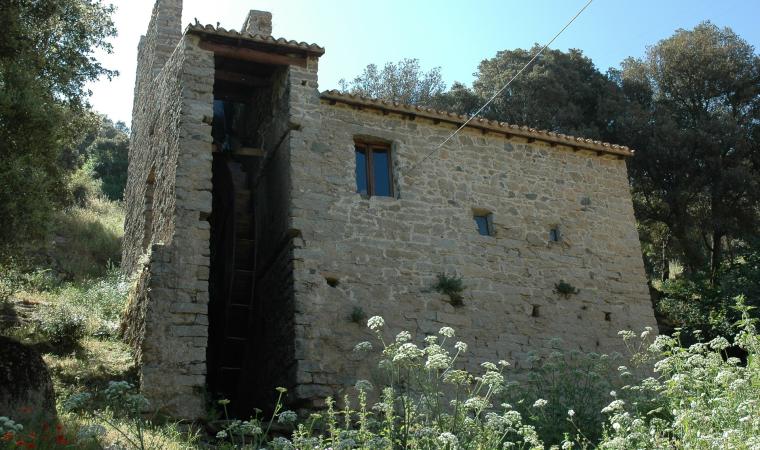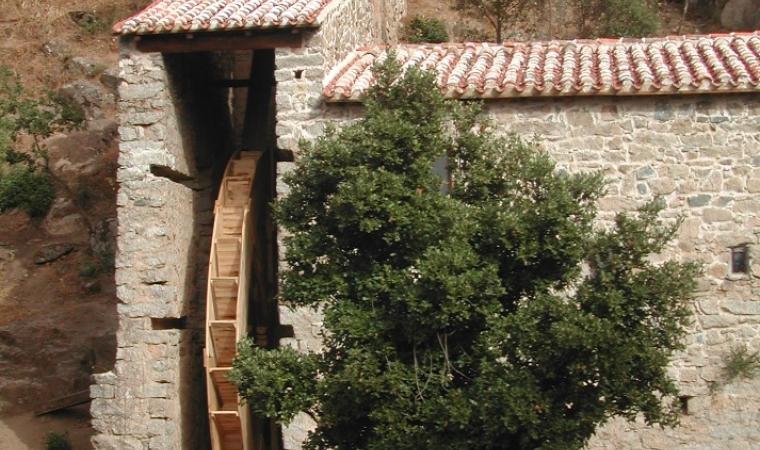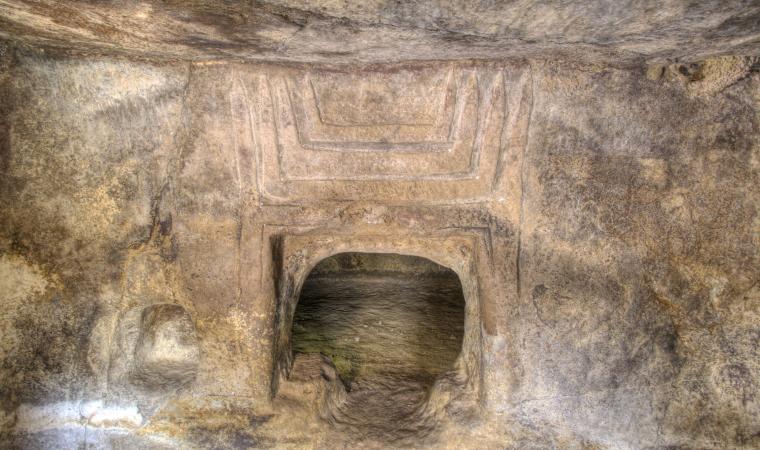The Church of Byzantium ‘evangelised’ Sardinia for six centuries, leaving a profound mark. Today, the veneration of saints typical of Greek Orthodox tradition still remains. In Orani, in the Nuoro area, you will find significant traces of it: Santu Nicolau, name of a place in the countryside, the rural sanctuary of Sant’Elias, where the people of OranI flock to today, like in Antiquity, with processions of horsemen in festive dress and the banner of the saint and, above all, there is the church of the Madonna d'Itria.
Built in the 17th century, it gives its name to one of the town’s districts and was part of a system of places of worship positioned as a border between the town and the countryside. The architecture is inspired by Gothic-Catalan motifs: the single nave has pointed arches made of trachyte. You will be captivated by the cross vault, which is frescoed with scenes of angel musicians. Also remarkable is the central niche of the altar, where you can see the wooden statue of the Virgin of Itria with the Child in her arms and wearing damask robes.
.




























